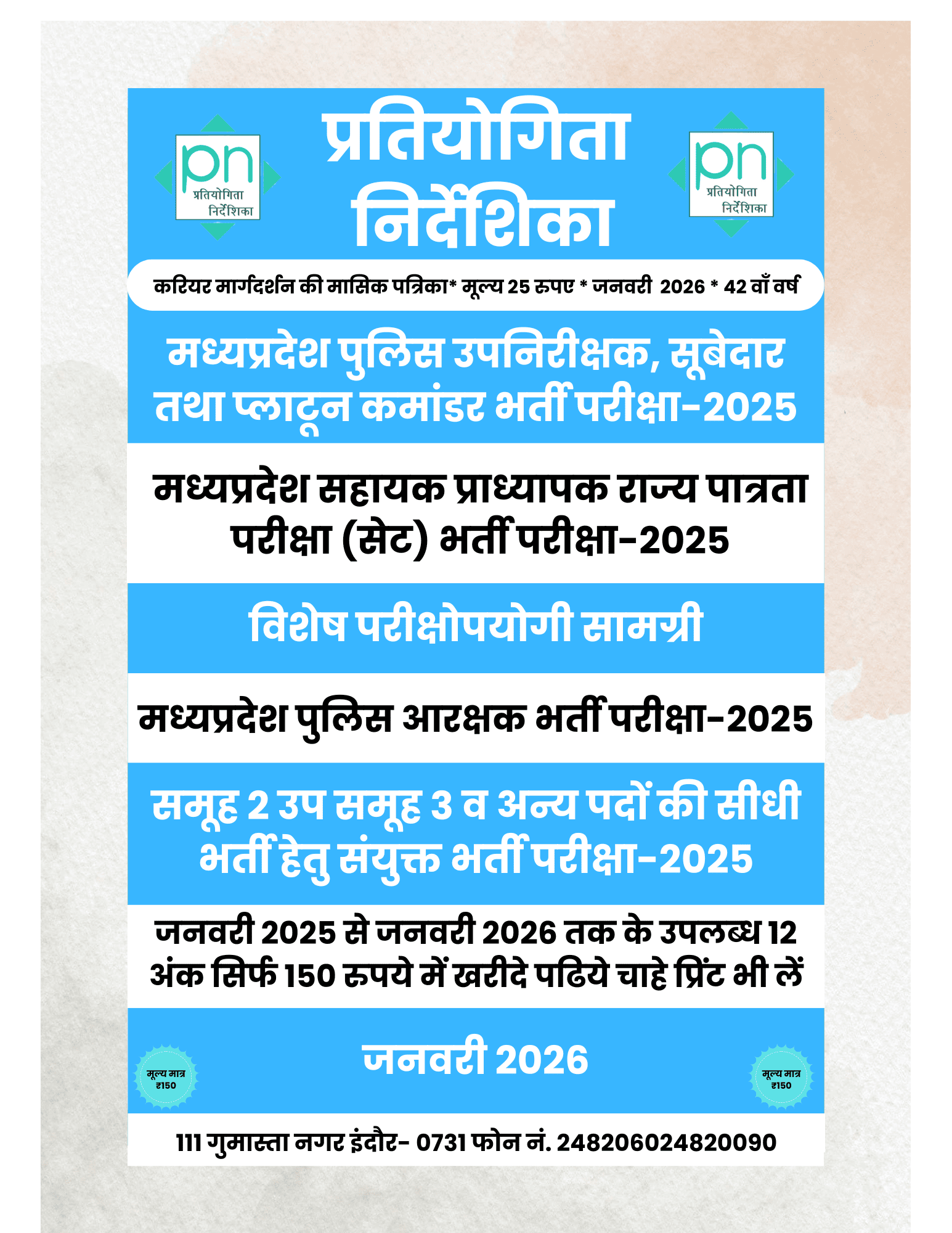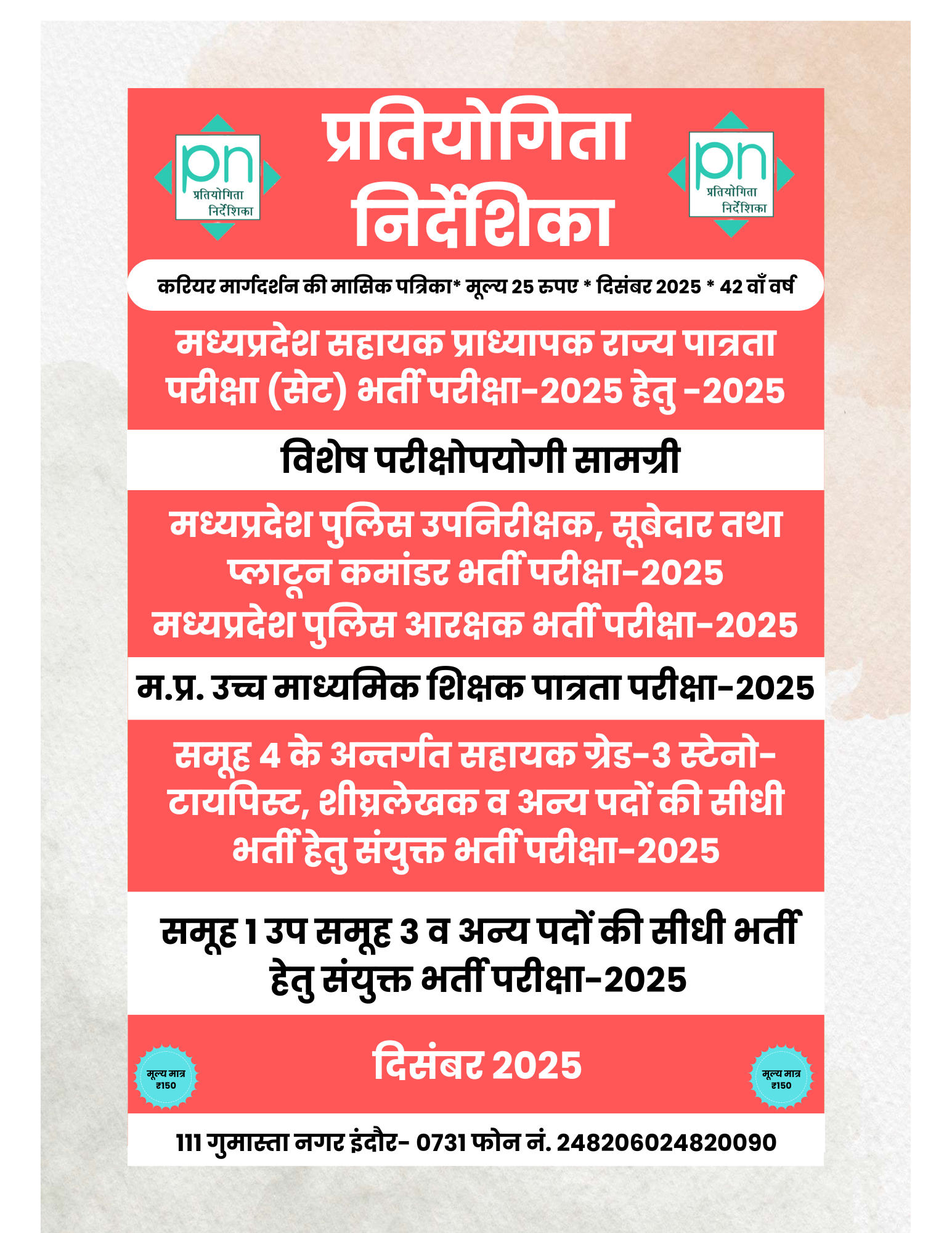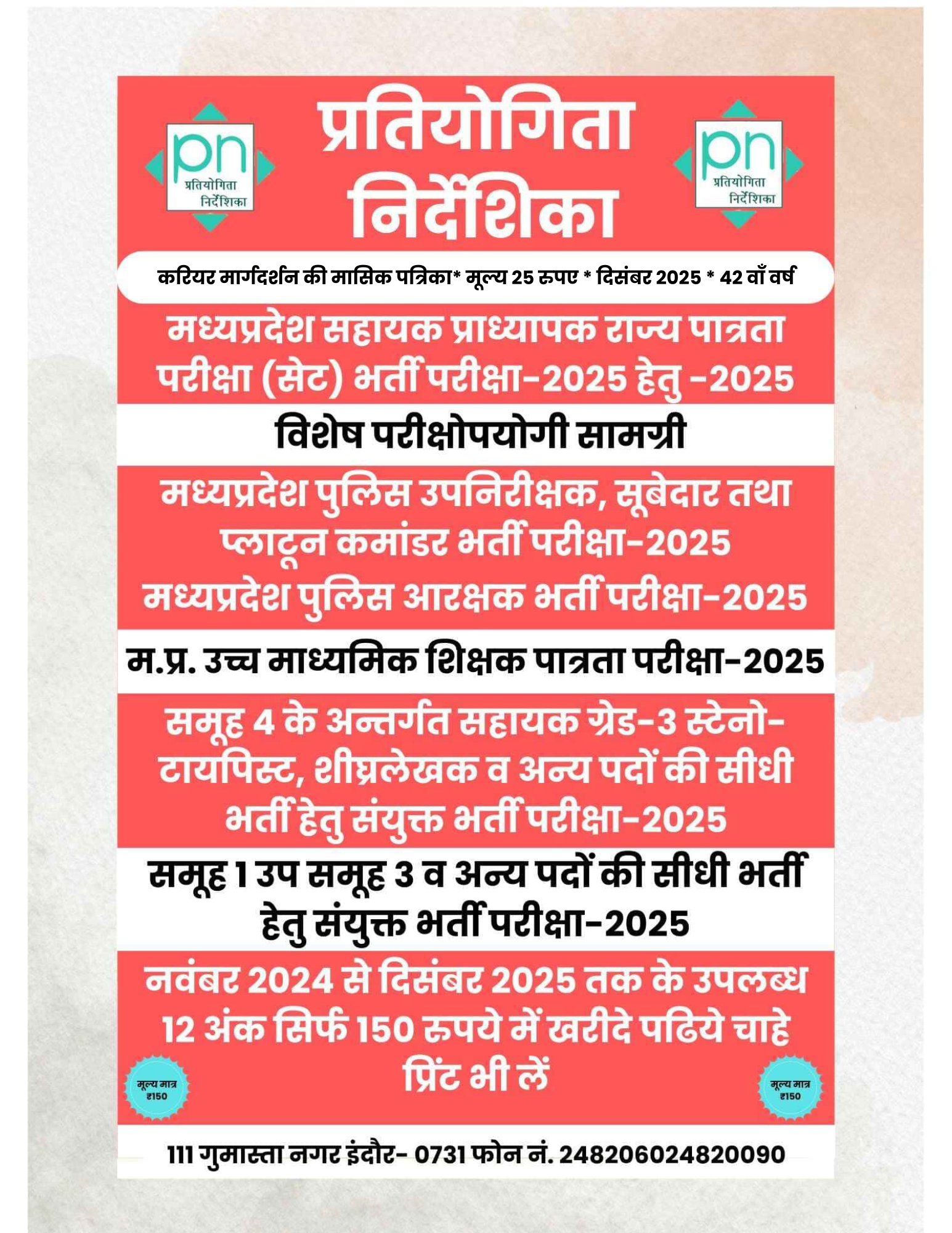On August 9, the Union Cabinet chaired by Prime Minister Narendra Modi approved the amendment to the Pradhan Mantri G-VAN (Biofuel-Vatra Anuvaan Anuvaan Fasal Avesh Nivaran).
Other related information
The initiative aims to keep pace with the latest advances in biofuels and attract significant investments. The revised implementation period of the scheme has been extended for five years, which will now run till the year 2028-29. The scheme now covers advanced biofuels derived from lignocellulosic feedstocks (agricultural and forestry residues, industrial wastes, synthesis gas, algae).
Eligibility for projects:
“Bolt-on” plants and “brownfield projects” are now eligible, allowing them to use their existing infrastructure and expertise.
Focus on innovation:
It will give priority to project proposals with new technologies and innovations, thereby promoting diverse technological approaches in the biofuel sector.
Pradhan Mantri G-VAN Yojana
This scheme was launched to encourage setting up of second generation (2G) biofuel plants.
Scheme Implementation Agency: Centre for High Technology (CHT) under Ministry of Petroleum and Natural Gas (MoP&NG).
Objective
To provide financial support to integrated bioethanol projects using lignocellulosic biomass and other renewable feedstock.
Key terms
Lignocellulosic biomass: It refers to plant biomass composed of cellulose, hemicellulose and lignin, such as grain straw, forest residues, etc.
Objective
The scheme provides remunerative income to farmers, tackles environmental pollution, generates local employment and strengthens India’s energy security while supporting the Make in India mission. Government of India’s commitment to promote advanced biofuels through the Pradhan Mantri G-VAN Yojana reflects its commitment towards a sustainable and self-reliant energy sector. It aims to facilitate blending of ethanol in petrol, which has increased significantly in the last few years. This initiative is critical to achieving India’s ambitious target of net-zero greenhouse gas emissions by 2070, thereby contributing to a greener future.
Background of Ethanol Blending Programme
Increase in Ethanol Blending: From 38 crore litres (ESY 2013-14) to 500 crore litres (ESY 2022-23), with blending percentage increasing from 1.53% to 12.06%. Target: To achieve 20% ethanol blending by ESY 2025-26. Capacity Requirement: 1100 crore litres of ethanol required; 1750 crore litres distillation capacity required.
Focus on 2G Ethanol
Alternative Sources:
Emphasis on second generation (2G) ethanol from surplus biomass, agricultural and industrial waste.
Financial Assistance:
Pradhan Mantri G-VAN Yojana was notified on 7th March, 2019 for 2G bio-ethanol projects.
Notable Projects:
Under this scheme, first 2G ethanol project at Panipat, Haryana by Indian Oil Corporation (inaugurated in August 2022).
The other 2G commercial projects being set up by BPCL, HPCL and NRL at Bargarh (Odisha), Bathinda (Punjab) and Numaligarh (Assam) respectively are also nearing completion.




